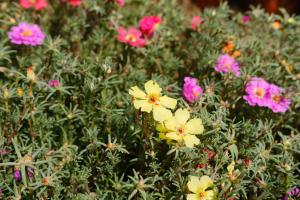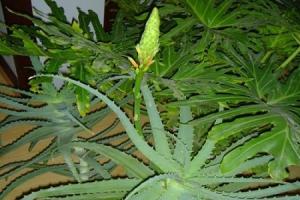Transplanting time of Osmanthus fragrans
The transplanting of sijigui is generally carried out in spring or autumn. However, it is best to transplant in spring. If transplanting is to be carried out in autumn, it can be carried out in a place where the temperature gradually drops and the water source is sufficient, usually after October
When transplanting sijigui, you should choose branches that grow well, grow healthily and have no diseases and pests. It's best to have no new shoots. If you want to transplant large flower seedlings, you should water them one week in advance to make the roots absorb enough water, so that it is easier to take off the pot

Transplanting method of Osmanthus fragrans
four seasons can be raised on cloudy days or in the morning and evening. Seedlings are raised with tools such as shovel and so on. When the seedlings are raised, they should have soil balls and the best soil balls should be dug up. When raising seedlings, be careful not to hurt the root. The soil ball can be tied tightly with straw rope
Before transplanting, it is necessary to dig a suitable pit, and then put sijigui with soil ball into the pit for filling. Because sijigui is not resistant to ponding, the planting depth should be higher than the original when filling. After all the soil is filled, pour water through. If the plant of sijigui is relatively large, appropriate pruning can be carried out to improve the survival rate
Post transplant management of Osmanthus fragrans
After transplanting, the key in management is water. After the first watering, it can be watered in 3-4 days. The transplanted large saplings can be supported to prevent lodging. Straw can be used to cover in autumn to prevent cracking. When transplanting, spray water if the weather is dry


 how many times do yo...
how many times do yo... how many planted tre...
how many planted tre... how many pine trees ...
how many pine trees ... how many pecan trees...
how many pecan trees... how many plants comp...
how many plants comp... how many plants can ...
how many plants can ... how many plants and ...
how many plants and ... how many pepper plan...
how many pepper plan...
































